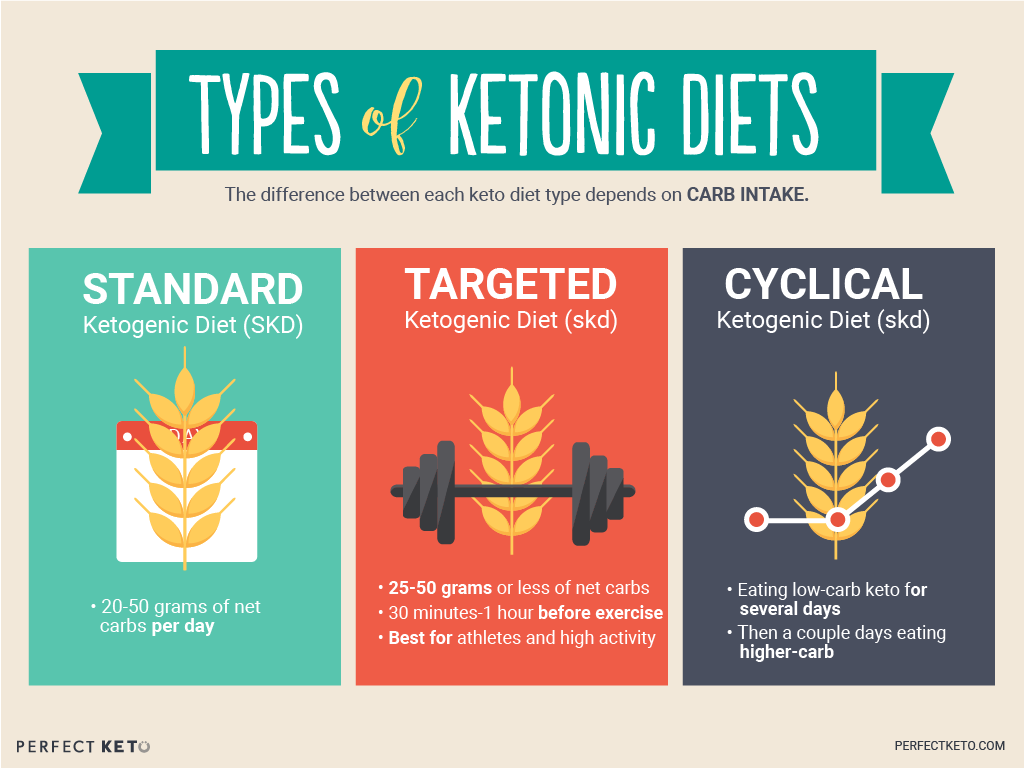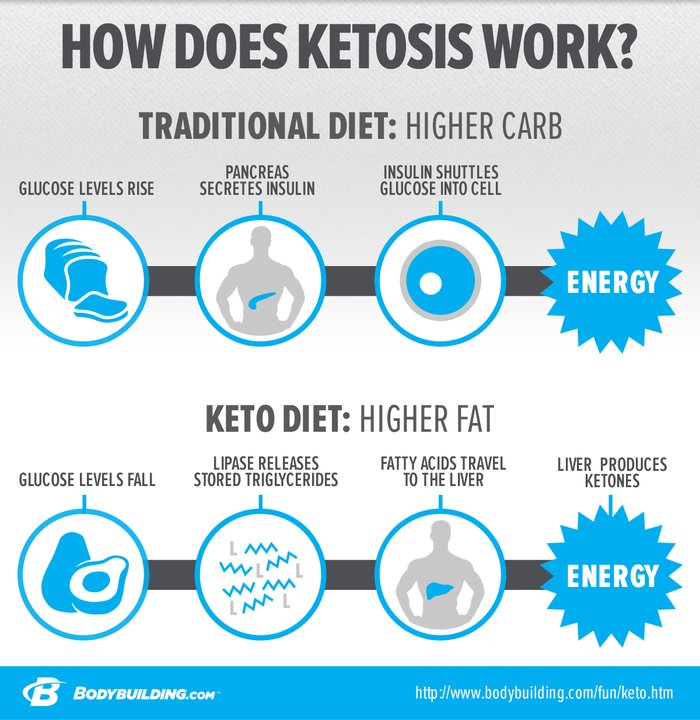
Let’s take a closer look at keto itself, abbreviated for ketogenic diet. A potentially viable approach to life that probably ought to be established in many unknown cases is to treat any wonder-solutions with caution. It’s cool to see that perhaps there is a very efficient and of very high efficacy solution out there, but the question that I like to ask myself and others whenever I do not understand certain mechanisms, is how do they actually work? How is that different from other available approaches? Why is it such a powerful tool to lose weight? Is it a viable and safe solution? Either way, why? What are the additional details that need to have an eye kept on? What are the potential side effects? And if I ultimately decide to approach this diet from a designer’s perspective, how will I shift user’s needs into an actually functioning device, that will improve their lives?
Well, it’s a diet so first question that pops up is, what are its constraints? What can you and can you not eat on this diet? Quite a large keto-related community was formed with additional subcommunities, local, that got together and support through the dietary journey, which probably already says something about the diet itself. If there is one medium through which anything can be quickly and successfully verified, that would be the internet, provided that there is, in turn, a quite huge response. In these terms, there actually is and a humongous one, consisting of a large reddit community, which spans across all varieties of age, occupancy… And so, there is heaps of materials to be read, even research papers are stored by users and showcased as proof that the diet is valid, it works and that you may even live well on it.


So, what about the diet itself? What can I say, in theory you could live off bacon for a few weeks and technically lose weight (although, not recommended). Once we look closer, we’ll see, naturally, all the carbohydrates erased. Where did they all go? And the number one question you’d like to ask yourselves is, what do you consider as starchy foods? Or even high in carbohydrate foods? So I’ll give you a glimpse. Bread, Pasta, Rice and Potatoes are gone. I’ll let you dwell on that for a minute, when we eat those, we usually ate a lot of one of each during a larger meal, didn’t we? I mean, any of the aforementioned usually functioned as an extra in high quantities, even overpowering other foods that we might have had together, such as meats and vegetables. I always sort of refrained from eating rice, as I didn’t see the point in it, I mean what are the clear nutritional values in it? Are there any real health benefits of eating each, except for extra and cheap energy that they provide? Well, I’m not quite sure.
Moving on, sugar, high fructose corn syrup (blee). Now while the second might seem a little bit abstract, it might be seen in many products, making them significantly sweater. Researchers at times label it as harmful, as it’s literally just a sugar bomb and not necessarily of any health benefit anyway. Moving on, corn, wheat, flour, legumes and beans are a no-go. All high in carbs, unfortunately. Fruits with some minor exceptions like berries are unfortunately quite a loss due to their sugary nature, despite that it rather comes with the better types like fructose, glucose (and then sucrose, widely known as sugar). Classic soda are a no-go and even milk is not a good idea. So, what is?

Basically all sorts of meats. Especially green leafy veggies. Eggs & Dairy, cheese, all sorts of oils (although gotta be careful with these choices now), nuts & seeds, avocados (everybody loves avocados and especially low-carbers). Cauliflower (could make a mash!), berries (in small quantities), some non green veggies (careful with tomatoes, now), heavy whipping cream, diet soda (coke zero is really cool), tea and coffee are perfectly fine and among all, water! So, that’s basically the end of it. The purpose is to follow a ratio of 70:25:5 for continuously: fat, proteins and carbohydrates. If you do just that, you’ll manage provided that you’ll survive the keto-flu period.
Now keto-flu is a period when the body is transforming to the fat-burning scheme in full motion. The body dumps its water meant for insulin, in which case you could lose up to 7-8 kg in a week. That comes with a rapid and major loss of electrolytes, which invoke relatively problematic symptoms along such as: muscle cramps, dizziness, fatigue in severe cases even arrhythmia, so the simple remedy is to fulfill the daily electrolyte needs: Magnesium, Potassium and Sodium (you’ll get your Calcium via food, no worries). Sodium may be acquired via higher salt intake, potassium and magnesium preferably via veggies and meats, although if you’re vegan, you might need to keep a closer look at the micro-elements that you’ll be taking, especially during the keto-flu period (as mentioned, a week), it is highly recommended that you’ll take Magnesium supplements (~200 mg a day). Afterwards is the keto adjustment period, which usually takes 1-2 weeks. At this point, you will be burning fat, but not at full rate, therefore any excessive or prolonged physical activities will very likely amount to fatigue. It might be partially a matter of electrolytes, but the thing is that your body is using a different metabolic route, that’s not really used much at times of a standard, carb-based diet. In the 3rd, 4th week you ought to be fully keto-adapted and live just like before, yet, without sugar cravings.

Now, a few things to note: in case of diet sodas, not all of them will be a good choice, as they usually come with sweeteners. Now, without taking under consideration some voices of some being harmful at this point, foods may be measured under the so-called GI (Glycemic Index). Now, while this rather applies to foods based on carbs, you may get an insulin response in regards to sweeteners as well, which might eventually lead to kicking you out of keto. Maltitol, Xylitol, Splenda and Malodextrin are all a bad choice in this case. Stevia, Erythritol, Allulose: quite the contrary. It’s still best to check before buying anything dietary, yet, sweet. Some sweeteners might be even be counted as carbs, like Erythritol, but is treated by body kind of like fibre (doesn’t count really as carbs).
There are also other things to look out for. Infamous trans-fats are the worst, run if you see them. But also Omega-3 and Omega-6 in bad proportions will have questionable health-wise benefits, as the metabolic pathways do not fully make use of them (in certain cases). Fish are usually good, though (as a healthy source). Also in terms of frying stuff, general rule is to use refined oils with a higher smoke point, that’s when the fried oil starts to really break down into compounds that are just not good for you health. Technically, three types of fat come into the picture: monounsaturated, polyunsaturated and saturated. I gave a glimpse on the polyunsaturated bunch, monounsaturated is great (I mean, olive oilll!) and saturated on keto is actually quite fine as well (as you metabolize these well on keto), so cheeses are perfectly fine.

There are also some exceptions in regards to some compounds, for instance: Coconut Oil comes with MCT (medium chain triglycerides), which cannot be stored in your body. To oxidize it, ketones are produced, even when you’re not on ketogenic diet. Another interesting thing is that on this diet, there are many alternatives to existing products high in carbs – even items that you’d primarily not suspect of even being able to be so. So, long story short: it may be the case that you may eat ice cream (Halo Top). Some chocolates may be eaten if they come with the right sweeteners (Quest Bars!). You may even bake stuff with almond flour and Erythritol sweetener. You may drink Coke Zero or even many other dietary versions of popular sweet drinks. Many items may seem off, as if a clear example of an uncanny valley for your taste buds, but they may also get your sugar cravings in check. And last, but not least: despite, that fruits are a no-go, there is the small exception (avocadoes are always awesome btw) for berries, especially raspberries, but also blueberries, blackberries, even strawberries… all in moderation, though! But usually they come in small quantities and are high in fibre, therefore, not a bad choice.
Unfortunately, due to many dietary requirements it might be the case that you’ll have to take some supplements. On a regular ketogenic diet, it shouldn’t be an issue, but if you were to run into allergies or prefer not to eat certain products due to ethical/religious issues, well: first of all, it might be difficult to meet daily calorie needs (which may be good for weight loss). In such cases, best to consult how to meet micronutrient needs with a doctor, despite that relying on veggies ought to already meet your daily needs for vitamins, minerals etc. Still, technically this diet is (almost definitely) good for people requiring a gluten-free diet and technically feasible to be followed by vegetarians and vegans. It’s difficult, but not impossible as I have already seen people making even vegan fish & chips, so it all comes down to the amount of knowledge and levels of creativity.

Now, as you may see, there are a lot of moving parts happening in case of keto. It is in theory not an easy one to follow, however, once a person starts doing it, it turns out that there are many alternatives available, a person starts to think of the food choices taken, gets a grip on what specific products are good for and which may even amount to as harmful, what nutritional value do they come with etc. It’s also an educational route, after all you learn about many new products, ways you may come up with preparing them and especially just try preparing. Some might still believe in the diet being harmful, but if it was, would nature equip us with the metabolic route that the ketogenic diet relies on? We humans bred specific types of fruit so that they became larger, sweeter, more appealing to ourselves. We pretty much do this with anything in every single case. And so we consume in large quantities, that’s what the economy bases on. In many cases, our bodies may not spend so much energy that could be made from these thousands of calories. But what if they were gone? The primary sources of food? In certain cases, our bodies may even hop into starvation mode in which our metabolism slows down (usually extreme cases of below 800 calories per day). In such case, such phenomena as little-to-no appetite start to sort of make sense. But either way, the diet works and people will lose weight on it and it is proven by research. Now that I have all the information I will let you know how did the user evaluation that I am about to perform.

Leave a comment